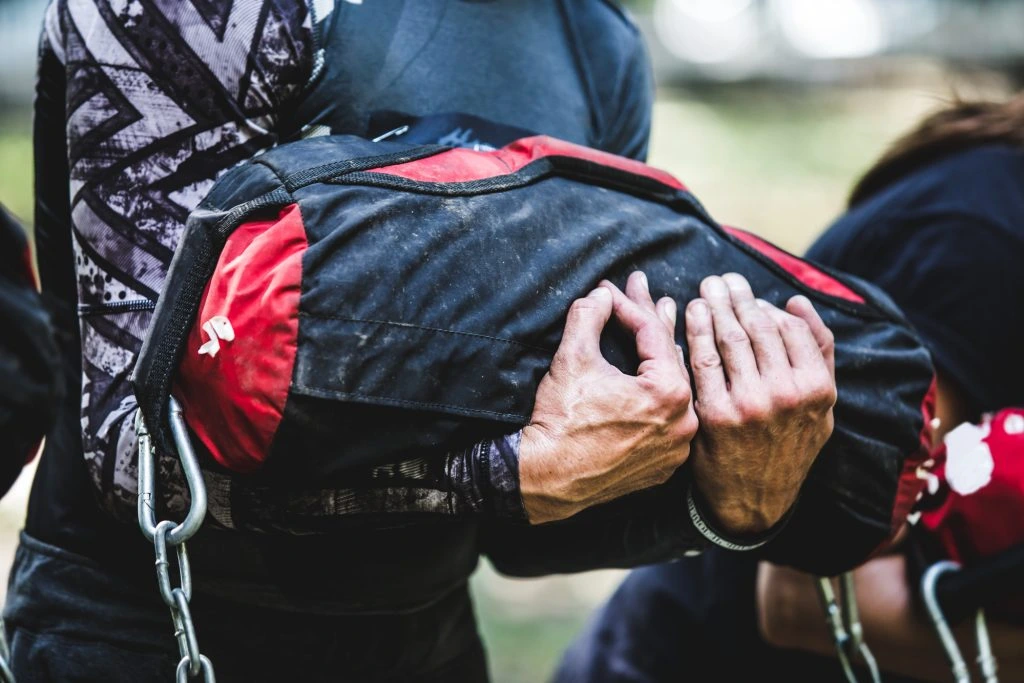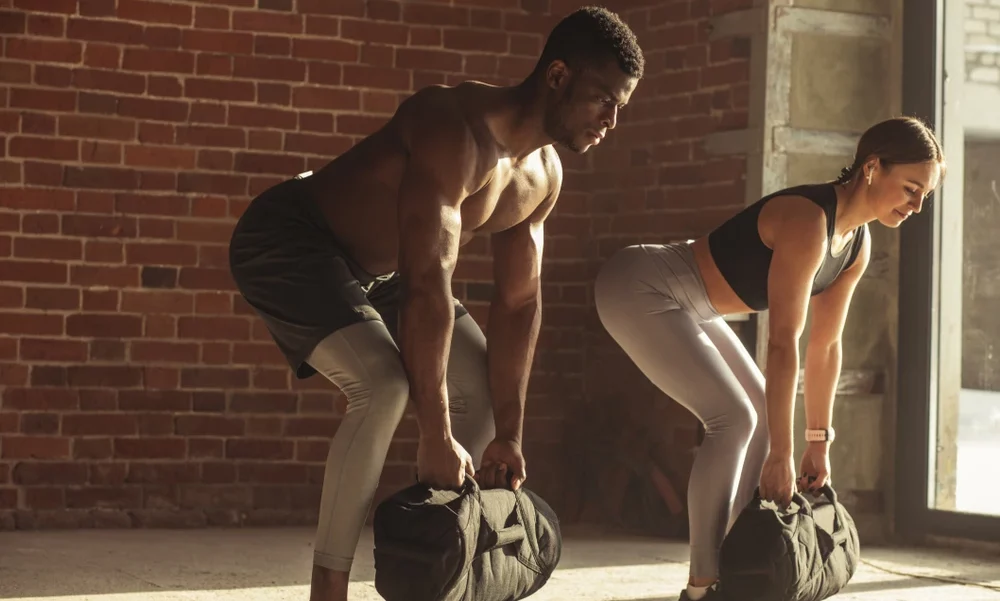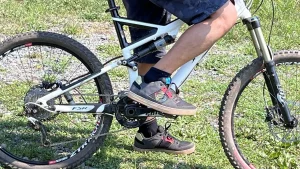Link Between Sandbag Workouts and Functional Fitness

Table of Contents
A Quick History of Sandbag Workouts
Sandbag workouts have their roots in ancient times when people utilized various objects from their environment to build strength and improve their ability to perform everyday tasks. While the exact origin of sandbag workouts is unclear, the concept of lifting and carrying heavy, awkward objects as a form of exercise and functional training has been around for centuries. Here are a few key points in the history of sandbag workouts:
- Ancient Greece and Rome: Sandbag-like training can be traced back to ancient Greek and Roman athletes, who would train with heavy objects such as stones, sand-filled bags, or even animals to build strength and power.
- Strongman Competitions: In the late 19th and early 20th centuries, strongman competitions featured events involving lifting, carrying, and loading various objects like barrels, stones, and sandbags. This influenced the use of sandbags in modern-day functional fitness.
- Military Training: Sandbags have long been used in military training programs to prepare soldiers for the rigors of combat and to build functional strength. They were used to simulate lifting and carrying wounded comrades, ammunition, or supplies in unpredictable environments.
- Modern Fitness: In recent decades, sandbag workouts have gained popularity in the fitness industry due to their versatility and functional nature. They are used by personal trainers, strength and conditioning coaches, and athletes worldwide to enhance strength, power, stability, and overall fitness.

Today, sandbags remain a popular and effective tool for those looking to improve their functional fitness and overall performance in real-life situations. Their history is testament to the enduring appeal of simple, practical, and adaptable training methods.
Why Choose Sandbag Training for Functional Fitness?
- Real-life Application: Sandbag training simulates everyday movements, such as lifting, carrying, and loading objects. This real-life applicability makes sandbags an excellent tool for developing functional strength and improving your ability to perform daily tasks with ease.
- Versatility: Sandbags can be used for a wide range of exercises targeting different muscle groups, including squats, deadlifts, presses, and carries. This versatility allows you to create dynamic, full-body workouts that challenge your strength, stability, and endurance.
- Core Engagement: The unstable nature of sandbags requires constant core engagement to maintain proper form and balance. This helps develop a strong and stable core, which is essential for overall functional fitness and injury prevention.
- Grip Strength: Sandbag workouts challenge your grip strength and forearm muscles due to the awkward shape and shifting weight of the sandbag. Improved grip strength benefits daily activities and enhances your ability to handle heavy or awkward objects.
- Progressive Overload: Sandbags can be easily filled or emptied to adjust the weight, allowing you to progressively increase the load as your strength and fitness improve. This customization helps ensure your workouts remain challenging and effective.
- Cost-effective: Sandbags are relatively inexpensive compared to other fitness equipment, making them an accessible option for those looking to build a functional home gym or supplement their existing training tools.
- Space-saving: Sandbags are compact and easy to store, requiring minimal space in your home or workout area.
Sandbag Training's Connection to Your Daily Tasks
- Lifting and Carrying: Sandbag training improves your ability to lift and carry heavy or awkward objects, such as moving boxes, furniture, or grocery bags.
- Household Chores: Performing chores like vacuuming, mopping, or cleaning the yard requires strength, balance, and stability that can be improved with sandbag exercises.
- Carrying Children: Parents often have to lift and carry their children, and sandbag training can help develop the necessary strength and endurance for this task.
- Posture and Balance: Sandbag workouts engage your core muscles, which help maintain good posture and balance throughout the day.
- Injury Prevention: By strengthening the muscles used in daily tasks, sandbag training can help prevent injuries that might occur from poor form or weakness during daily activities.

How Sandbag Training Improves Grip Strength
- Awkward Shape: The irregular shape of the sandbag forces your hand and forearm muscles to work harder to maintain a secure grip, unlike traditional weights with fixed handles.
- Shifting Weight: As you move with the sandbag, the sand shifts inside, creating an unstable and dynamic resistance. This constant movement requires your grip to constantly adjust, strengthening the muscles in your hands, fingers, and forearms.
- Different Grip Positions: Depending on the exercise, you may need to grip the sandbag in various positions, such as by its handles, around the bag itself, or with a mixed grip. This variety further challenges your grip strength and versatility.
- Endurance: Holding onto the sandbag for extended periods or performing high-rep exercises can improve your grip endurance, which is beneficial for daily tasks that require sustained grip strength, like carrying heavy objects.
- Constant Tension: With sandbags, the grip is constantly engaged throughout the exercise, as opposed to exercises with barbells or dumbbells where the grip may relax at certain points. This continuous tension builds grip strength more effectively.
Overall, incorporating sandbag training into a workout routine can lead to noticeable improvements in grip strength, which can benefit various aspects of physical performance and daily tasks.
Benefits of Sandbag Training for Balance
Sandbag training offers several benefits for improving balance:
- Reactive Training: Sandbags have a shifting weight distribution, making them an unstable load to work with. This instability forces the body to constantly adjust and stabilize, engaging muscles involved in balance such as the core, lower body, and stabilizer muscles throughout the body.
- Core Engagement: Many sandbag exercises require the core muscles to work hard to maintain stability and balance. Movements like squats, lunges, and presses with a sandbag challenge the core to stabilize the body, leading to improved balance over time.
- Functional Movements: Sandbag exercises often involve movements that mimic real-life activities, such as picking up and carrying awkward objects or moving uneven loads. By training balance in these functional movement patterns, individuals can better prepare themselves for the demands of everyday activities.
- Stability Under Load: The shifting weight of a sandbag challenges balance in different ways compared to traditional weights. This variability helps to train the body to adapt to changing loads, enhancing overall balance and stability.
- Proprioception: Sandbag training requires a heightened sense of body awareness and proprioception to control the bag’s movements. Over time, this can lead to improved proprioceptive abilities, which are essential for maintaining balance and coordination.
- Coordination: Many sandbag exercises involve coordinated movements of multiple muscle groups simultaneously. By practicing these coordinated movements, individuals can improve their overall coordination, which contributes to better balance.
- Improved Posture: By strengthening core muscles, sandbag training improves your posture, which is essential for maintaining balance during standing, walking, and other daily tasks.
Sandbag for Your Everyday Fitness
I hope you found this useful and informative. Please check out my other posts on sandbag workouts and why the strongman competition use sandbags. And a related podcast on injuries and prevention.




